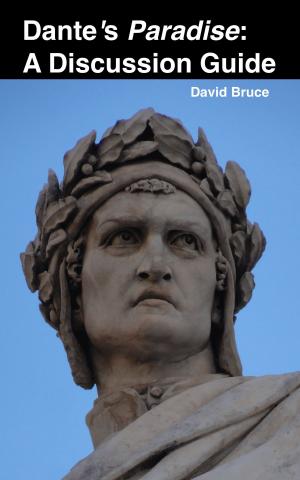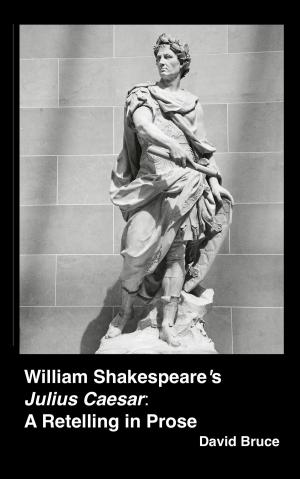The Funniest People in Art: 250 Anecdotes
Nonfiction, Art & Architecture, General Art, Individual Artist, Artists, Architects & Photographers, Biography & Memoir| Author: | David Bruce | ISBN: | 9781466136557 |
| Publisher: | David Bruce | Publication: | October 24, 2011 |
| Imprint: | Smashwords Edition | Language: | English |
| Author: | David Bruce |
| ISBN: | 9781466136557 |
| Publisher: | David Bruce |
| Publication: | October 24, 2011 |
| Imprint: | Smashwords Edition |
| Language: | English |
This contains 250 anecdotes, including these: 1) Political cartoonist Thomas Nast was also famous for his drawings of Christmas and of Santa Claus, and he was responsible for many of the ideas we associate with Santa Claus—the red and white suit of clothing, the workshop at the North Pole, and the reading by Santa Claus of letters sent to him by children. In a drawing titled 'Christmas Flirtation,' Mr. Nast drew Julia, his daughter, standing under some mistletoe. In England, boys followed the custom of kissing a girl, then removing a berry from the mistletoe. Once the berries were gone, the boys no longer were allowed to kiss the girl. The mistletoe that Julia is standing underneath is heavily laden with berries. 2) Did you know that the comic book heroine Wonder Woman was created for the purpose of serving as feminist propaganda? It’s true. William Moulton Marston—the man who invented the technological basis of the lie detector—created Wonder Woman in the 1940s. He explained, “Wonder Woman is psychological propaganda for the new type of woman who should, I believe, rule the world. There isn’t love enough in the male organism to rule this planet peacefully. … I have given Wonder Woman this dominant force but have kept her loving, tender, maternal, and femi-nine in every other way.” In other words, according to her creator, the purpose of Wonder Woman is to help brainwash young male comic book readers into allowing women to rule them.
This contains 250 anecdotes, including these: 1) Political cartoonist Thomas Nast was also famous for his drawings of Christmas and of Santa Claus, and he was responsible for many of the ideas we associate with Santa Claus—the red and white suit of clothing, the workshop at the North Pole, and the reading by Santa Claus of letters sent to him by children. In a drawing titled 'Christmas Flirtation,' Mr. Nast drew Julia, his daughter, standing under some mistletoe. In England, boys followed the custom of kissing a girl, then removing a berry from the mistletoe. Once the berries were gone, the boys no longer were allowed to kiss the girl. The mistletoe that Julia is standing underneath is heavily laden with berries. 2) Did you know that the comic book heroine Wonder Woman was created for the purpose of serving as feminist propaganda? It’s true. William Moulton Marston—the man who invented the technological basis of the lie detector—created Wonder Woman in the 1940s. He explained, “Wonder Woman is psychological propaganda for the new type of woman who should, I believe, rule the world. There isn’t love enough in the male organism to rule this planet peacefully. … I have given Wonder Woman this dominant force but have kept her loving, tender, maternal, and femi-nine in every other way.” In other words, according to her creator, the purpose of Wonder Woman is to help brainwash young male comic book readers into allowing women to rule them.















